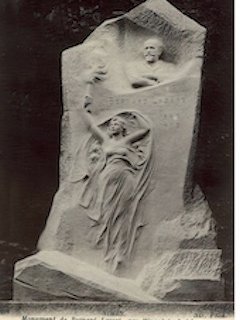The Epistle to the Hebrews was, by all the evidence, written by a Jew who had become a Christian but who had direct and accurate knowledge of the rituals of the Temple in Jerusalem, in particular that of the great holy day of Yom Kippur. This is what Father Jean Massonnet demonstrates in recalling, from Jewish sources, the sequence of the components of the Yom Kippur liturgy and showing their parallels with the central elements of the Epistle. As for Professor Flusser (1917-2000), whose long article is translated in the magazine, he seeks to distinguish between what is, in the text, a specifically Christian Christological exposition and those elements which derive methodologically and thematically from Second Temple Judaism. Thus the concept of the Word as a creative force, the notion of the pre-existence of the Messiah, or the comparisons put forward in the Epistle between Christ the Son, the angels and Moses, evoke themes and a method which were firmly rooted in the Judaism of that period and can be abundantly documented. This reading of the Epistle, in addition to making understandable what would otherwise remain obscure, leads to a comprehension of commonalities – and differences – between Judaism and Christianity, and clarifies the debt which the latter owes to the former.
In french, summary




